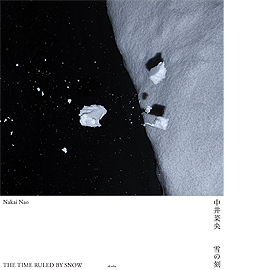中井菜央『繡』(しゅう)
発行:赤々舎 Size: H228mm × W289mm Page:128 pages Binding:Hardcover Published in December 2018 ISBN:978-4-86541-092-1 |
¥ 4,000+tax
国内送料無料! お支払い方法は、PayPal、PayPay、Paidy 銀行振込、郵便振替、クレジットカード支払いよりお選び頂けます。
|
|---|
About Book
「存在」と「結び目」を問う中井菜央のポートレート。
「光り輝くことでもなく、闇に沈むことでもない、ただそこに在るということ。
私はそれをポートレートにしようと思いました。」
中井菜央は、人がその人としてただ生きて在ることを、写真で表現しようとしてきました。私たちは、自分自身にも人にも意味を重ねて捉えるのが常ですが、「意味」よりも先行し、かつ強くしぶといものとして「個の存在」を表わそうとしたのです。
やがてその眼差しは、人のみならず、物や動植物、風景へと伸びていきます。あらゆるものは時間の中で変化しますが、それは別の存在への転化ではなく、蝶が幼虫、さなぎと姿を変えるように、可変のなかの不変として「個の存在」を捉えるようになりました。
そして、「個の存在」が関わりを結び、ひとつの相貌を呈すること── たとえば森や都市、ある光景のポートレートをもカメラに収めるようになります。
世界はこの無名の関わり、「結び目」によって構成されているということを写真を通して中井は見出し、写真集『繍』は編まれました。
刺繍を施された布、その裏面をめくってみた時の静かな驚きをもって。
" 世界は過去から未来に広がり続ける時間という無地の布に、結び目で連なる『個の存在』という糸が縦横無尽に張り巡らされているようなものです。永遠の広さの布地と、無数の結び目と、無限に交錯する糸。 "
Shu
Nao Nakai
This project started when Nakai's grandmother fell ill to Alzheimer.The memory impairment clogs the flow of time.
The present loses expansion to past and future, converges into the minimal point of time as the disease progresses.
The sense of identity hardly remains in this process and exists only in random moments.
Her grandmother completely lost images cultivated throughout her lifetime, and images Nakai has been accumulating.
We give meanings to objects and perceive them in images. And we try to give meanings to ourselves and construct self images. The portrait photography is often either reflection of images held by photographers of their subjects, or purified and amplified results of subjects' self images, neither of which worked with Nakai's grandmother.
The questions, "what will portraiture photography capture of people?" and "what does it mean for a person to exist?", became synonymous.
She faced her grandmother with a camera.
A photograph out of many captured an individual presence that can only be described as her "grandmother".
This fact launched the whole project. This is a series of portraits capturing an individual presence from which subjective or objective meanings and images are peeled off.
Meanwhile, Nakai came to realize that this point of view can be applied to physical materials too.
And the world is a continuum of threads of individual presences entangled within the fabric of time expanding from present to past and future. People give meanings to this world and perceive from what they see through images.Nakai is now assured, after 9 years, that images are like what we see on the front of an embroidery.
However, the actual state of the world is represented by the complexity of interwovenness on the back of it.
The book evolved from a portrait of a person to portraits of the world. The letter chosen for the title "繡", pronounced Shu, is an ideogram representing complexity of embroidery.
My grandmother's death was the impetus for me.
My grandmother suffered from Alzheimer's disease late in life. Her diary indicates that in the initial stage of the disease she became aware that she had contracted it. And from that time, as if she were gathering up the memories falling away, grandmother began to write down in detail the little everyday things that happened. The content of the three daily meals, exchanges with family members, trimming of trees in the garden, the birds and insects that gathered there...
The diary book was opened many times a day and although the words written there were certainly her own, none remained in grandmother's mind.
Grandmother was aware that time for her was losing its past and future, was without connection or direction, instants lined up, and in despair she wrote in the diary "I'm going to become someone whose life won't have meaning anymore." Finally, she forgot everything--that, the diary itself, her family, and all about herself.
And things such as grandmother's self-awareness and her innate character and abilities were also all impaired.
From my childhood I really loved my grandmother, so I felt a deep sense of loss and bewilderment to see her change so completely. I couldn't help thinking, "This can't be called living." That was because in interacting with grandmother as she was now, I was seeking the image I held inside of how she was in the past. Yet watching grandmother swaying between existence and meaning also became a chance for me to reconsider what "living" is in essence.
That was because she was indeed living and I always felt the strength of that.
So in the several years until grandmother's death, I continued to photograph her. By doing that I hoped to get close to something of the essence of "living."
I avoided searching for the grandmother of my memory in the viewfinder; instead I always tried to capture her reality at the moment. Whenever I said "Look here at me" she was able to do it, but that was all. In her worsened condition, grandmother no longer knew what a camera was, who I was, or even who she herself was.
The photographs gave an accurate picture of grandmother as she was at the time. This enabled me to confirm the fact that the person in the photographs was not just "anyone," it was undeniably "grandmother."
This "grandmother" was not the image of her that grandmother herself had developed, not the image of grandmother that had accumulated and was stored inside me, and not a new image of grandmother, but an individual presence that could only be described as "grandmother."
The photographs expressed the strength--the tenaciousness--of her "individual presence" that never disappeared for a moment, no matter what the situation.
I decided that instead of contemplating in words what "the meaning of living" is, I would try instead to photograph persons living.
For me, grandmother's portrait served as an indicator.
Like that photograph, expressing people just living as themselves.
We, who ordinarily assign meaning to ourselves and other people we place layers of meaning on to understand them, tend to perceive absence of meaning in someone as meaning that the person is empty. However, the more photographs I take, the more certain I have become that "individual presence" precedes "meaning" and is stronger.
Eventually, I began to come across objects, plants and animals, scenery, and sights that I felt "seemed to resemble people living" and photographed them guided by those feelings.
When I printed out the photographs and lined them up with portraits, I noticed that the viewpoint of "individual presence" is not limited to "people." This was also noticing that we place layers of meaning on subjects other than people that we look at. I began to aspire to take photographs that returned from meaning back to "individual presence." For me, photographing objects is the process of composing portraits.
All things change form over time, but individual presence is unchanging from birth until that presence ceases to exist. The unchangeable within the changeable...
I photographed scenery, for example a forest or a city, with the same sense as I photographed portraits. However, there is no "individual presence" of a "forest" or "individual presence" of a "city." This is because a forest is composed of trees, grass, animals, insects, and a city is composed of buildings, streets, railways, the people gathered there for various purposes--both are a composite of the interactions of many "individual presences." Still, I get a feeling of the "individual presence" of places we name a "forest" or a "city" because the interaction of their many "individual presences" connect to present a unique appearance. I also photographed portraits of those appearances.
Cities are interactions intentionally made by people. Some forests are interactions produced by nature and some are interactions produced artificially by afforestation.
Some of the bonds of interaction such as those found in a forest have been tied continuously for hundreds and thousands of years, while some unravel in an instant.
Interactions, bonds that unravel instantly without people intending it. Most disappear without people taking notice of them. In other words, they are nameless interactions, bonds. I've continued this series for a long time, and in the end the repeated photographing I did was of this type. I found that the nameless bonds in this world are far greater in number than the ones we name.
Nameless interactions, bonds, no matter how small, are still each a component of the world, and the past exists to generate these small bonds; lacking bonds, the future will not arrive. Bonds that for us are without value (meaning) are indispensable to the world.
The world is like a plain cloth of time over which the threads of "individual presences" linked by bonds are freely spread that continues to stretch out from the past to the future. Cloth eternally wide, bonds in countless number, threads intertwining to infinity.
We place meaning on only a very small portion of these "individual presences" and only understand each according to our own image of them.
What neither shines nor sinks into darkness, but is simply there.
Those are the things whose portraits I desired to compose.
── Nao Nakai
Special gifts for the first customers
One color proof will be given away as a Special gifts for the first customers, which selected at random from the 60 images.The offer will end while supplies last.
→We have finished giving out free gifts.
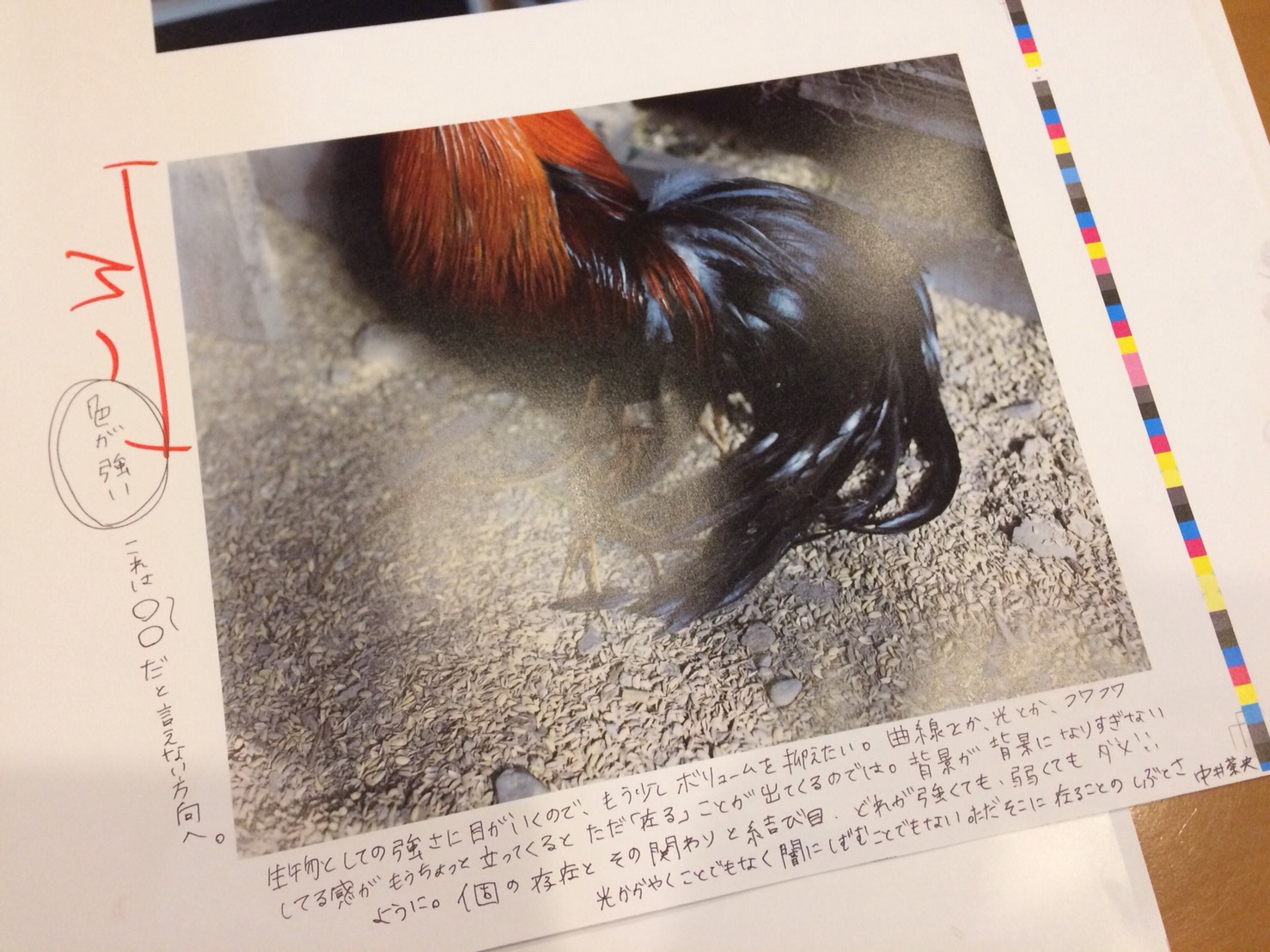
|
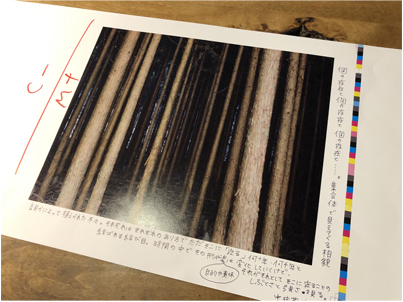
|
|---|
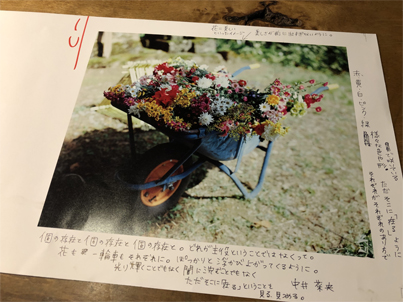
|
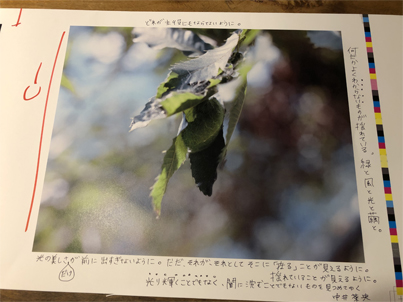
|
|---|
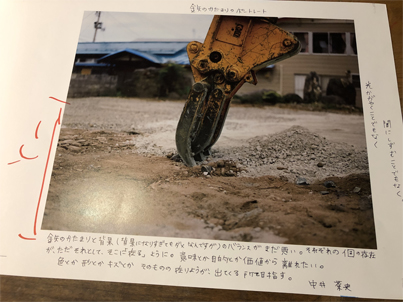
|
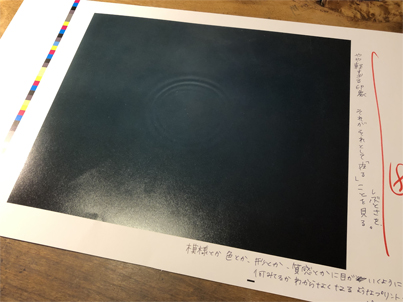
|
|---|
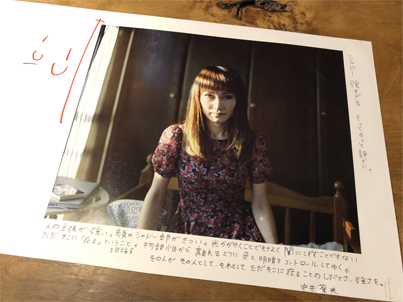
|
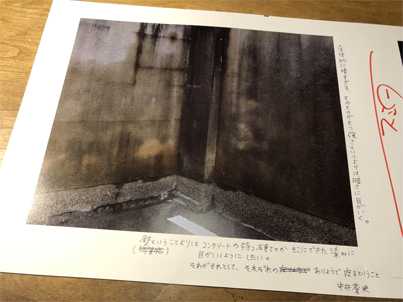
|
|---|
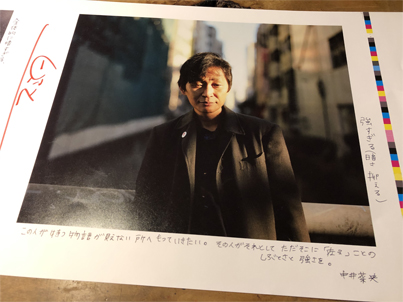
|
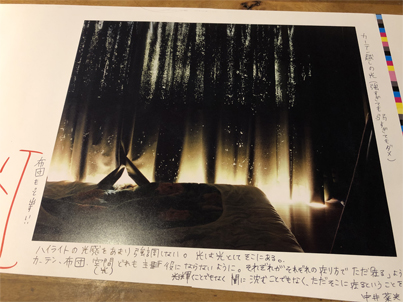
|
|---|
Artist Information
中井菜央(Nao Nakai)
Born 1978 in Shiga Prefecture, Japan, Nao Nakai graduated from Nippon Photography Institute in 2006 and started working for the photography department of a publishing company in Tokyo. She has been working as a freelance since 2015, mainly focusing on her strong interests in portraiture photography. She has held numerous solo exhibitions all over Japan while her works have been featured in both print and online media domestically. Her first book Shuu (AKAAKA, 2018) has been critically acclaimed. The exhibition from the same project for the book was one of KG+ SELECT finalists in KG+, the satellite division of KYOTOGRAPHIE Kyoto International Photography Festival.

